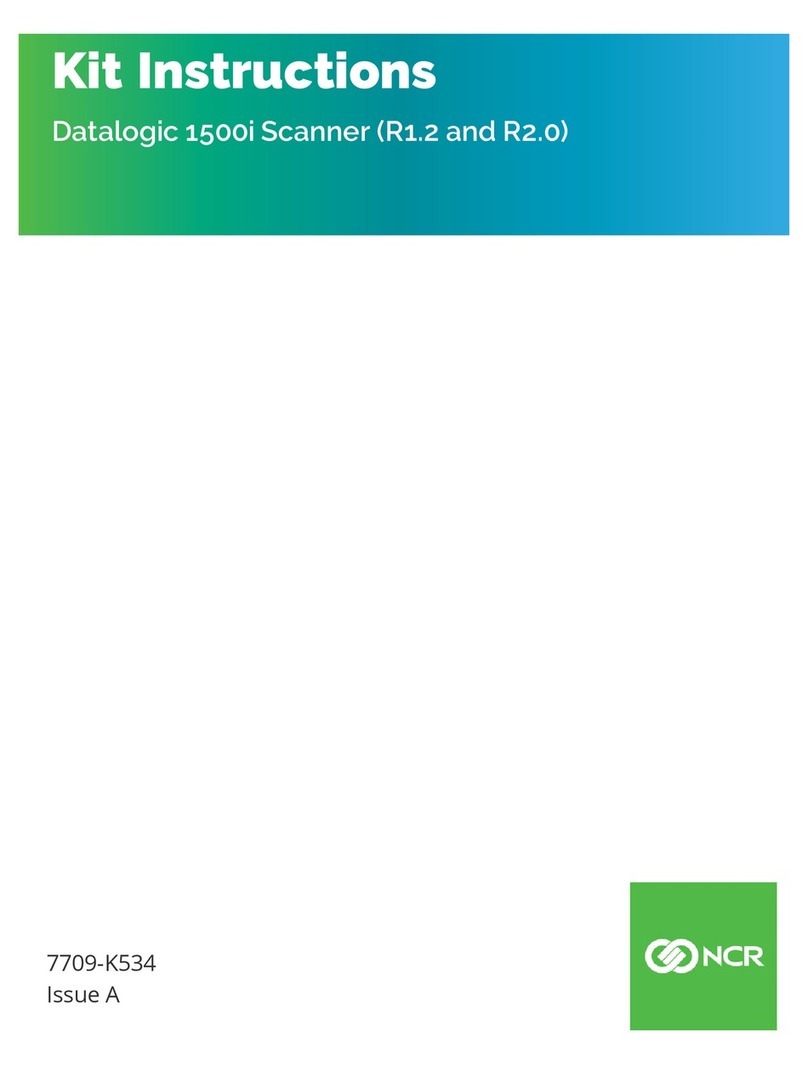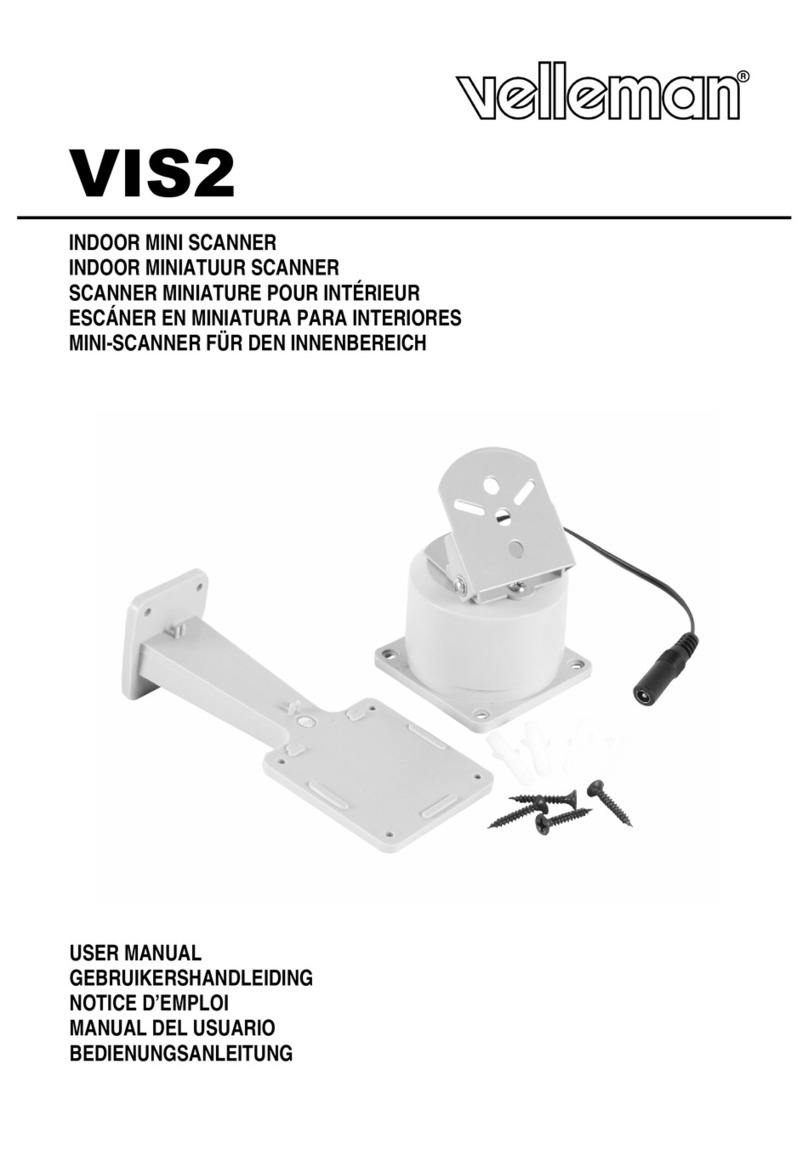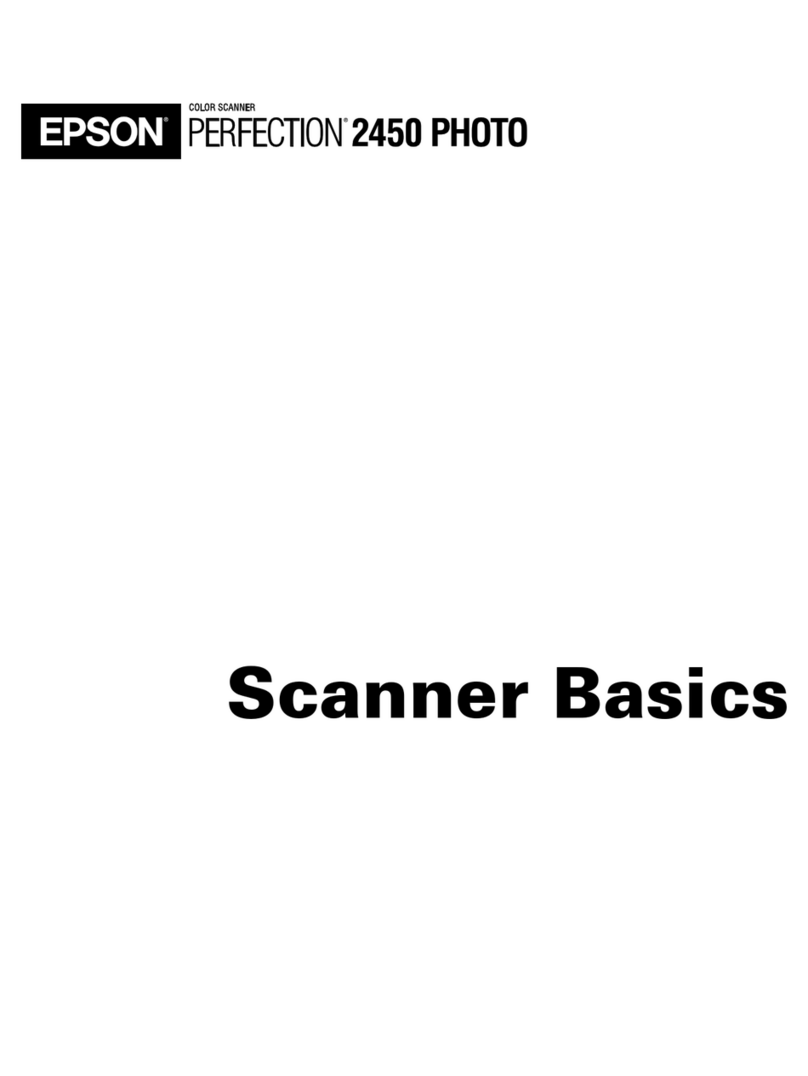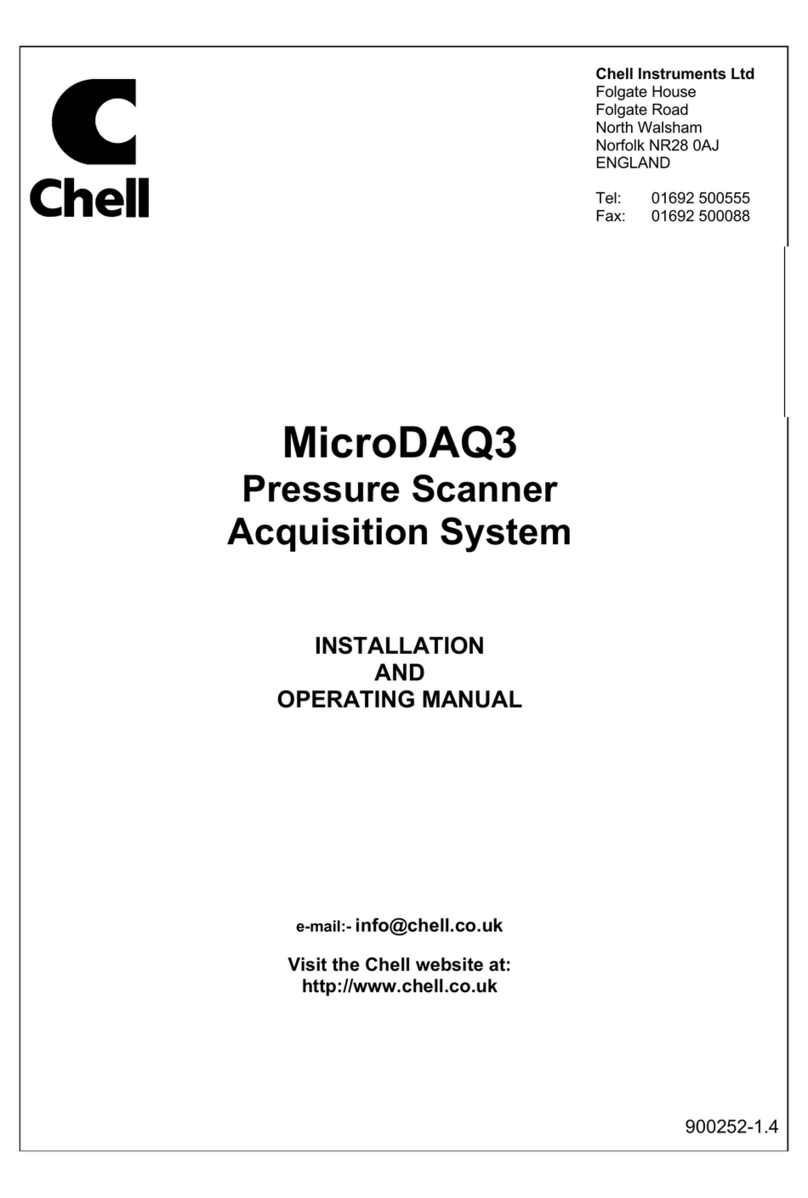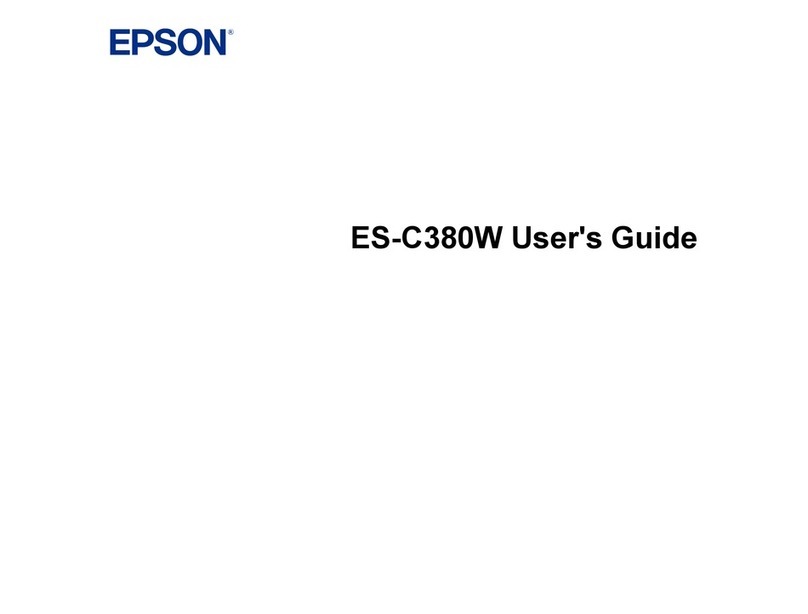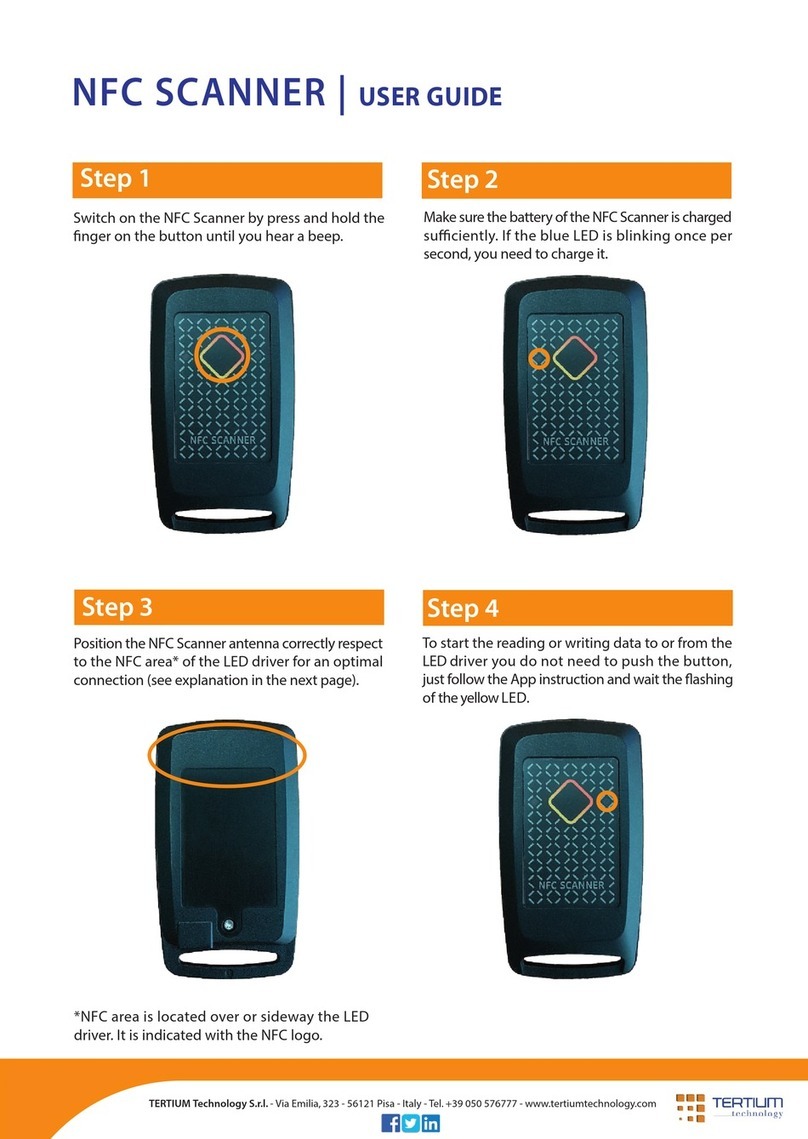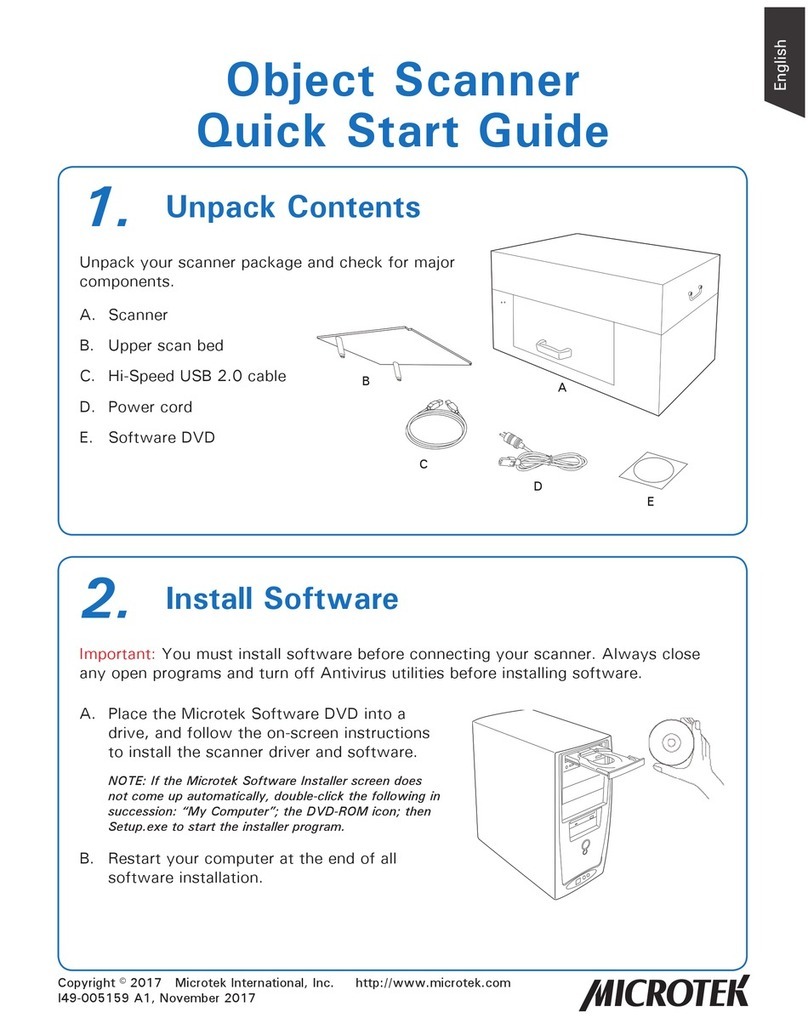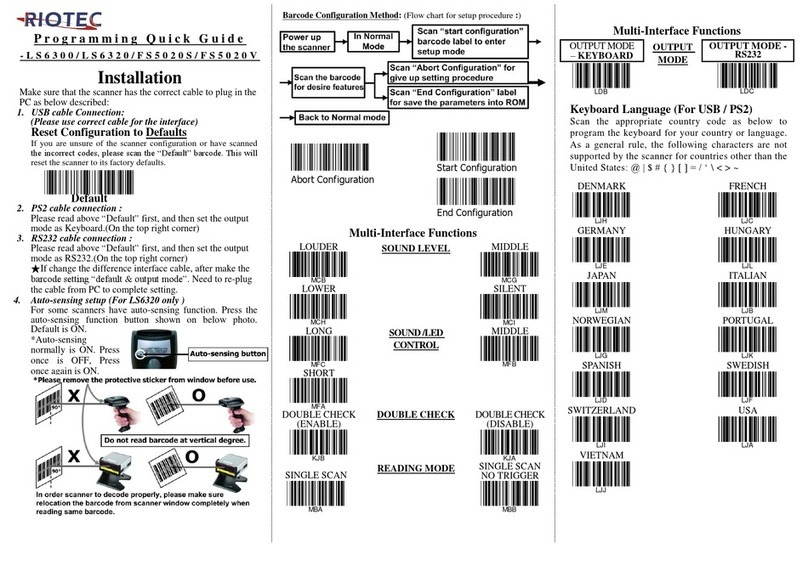GreenValley LiGrip H300 User manual

LiGrip H300
User Manual
Rotating Handheld SLAM LiDAR System

History Records
Date
Revisions
Description
April 26, 2023
1
LiGrip H300 User Manual (Ver A.00)
June 16, 2023
2
LiGrip H300 User Manual (Ver A.01)

Preface
Purpose
To allow users to be familiar with operations of the LiGrip H300, including assembly,
data collection, solution, and multi-project merge.
Scope
The user manual applies to the LiGrip H300.
Warning Symbols
Note: Pay attention when operating.
Warning: The damage to the devices, data loss, data error, and system
crash may occur if not following the relevant requirements.
Disclaimer
Users must read this manual carefully before operations. We shall not be liable for
any damage caused by improper use of this product due to failure to operate in
accordance with the instructions in this manual. We are committed to continually
improving the functionality and performance of our products and services. We reserve
the right to make changes to the contents of the user manual without prior notice.
This user manual is for reference only. The actual product, including but not limited
to the picture color and size, may vary. All statements, information, and
recommendations in this user manual do not constitute a warranty of any kind,
expressed or implied.
The camera are well preset at factory. It is not allowed to change the settings.
Otherwise, there may be no video files, color attachment disorder, or no color

attachment.
Your suggestions
If you have any suggestions or comments about this manual, please contact us, your
feedback will greatly improve the quality of our manual.

Table of Contents
01 Overview of LiGrip H300.........................................................................................1
1.1 About LiGrip H300..........................................................................................2
1.2 Product Details.................................................................................................3
02 H300 Product Composition and Assembly...............................................................6
2.1 Product Composition....................................................................................... 7
2.2 Device Assembly............................................................................................. 9
2.2.1 H300 Assembly.....................................................................................9
2.2.2 Assembly of Backpack Kit................................................................. 11
03 Path Planning, Zoning, and Control Point Planning...............................................17
3.1 Closed Loop in Path Planning....................................................................... 18
3.2 Path Planning for Outdoor Scenarios.............................................................19
3.3 Path Planning for Indoor Scenarios............................................................... 20
3.4 Path Planning for Strip Scenarios.................................................................. 21
3.5 Path Planning for Mine Caves....................................................................... 21
3.6 Path Planning for Forestry............................................................................. 21
3.7 Measurement in Special Areas (Tunnels and Mines) .................................... 22
3.8 Zoning............................................................................................................22
3.9 Control Point Planning...................................................................................23
04 PPK mode and RTK mode Setup........................................................................... 25
4.1 Setting up PPK Base Stations........................................................................ 26
4.1.1 Base Station Assembly....................................................................... 26
4.1.2 Base Station Setup.............................................................................. 26
4.1.3 Measuring Height of the Instrument ...................................................27

4.1.4 Static Recording..................................................................................28
4.1.5 Data Transmission.............................................................................. 29
4.2 RTK mode settings........................................................................................ 29
4.3 Setting up a Virtual Base Station (Applicable in China)...............................32
05 Data Collection....................................................................................................... 34
5.1 Handheld Data Collection..............................................................................35
5.1.1 APP-based Data Collection (recommended)...................................... 35
5.1.2 Button-based Operations.....................................................................45
5.2 Data Collection of Backpack Kit ...................................................................50
5.2.1 PPK Mode...........................................................................................50
5.2.2 RTK Mode.......................................................................................... 51
5.3 Things to Keep in Mind.................................................................................62
5.3.1 For Data Collection in Outdoor Scenario........................................... 62
5.3.2 For Data Collection in Indoor Scenario..............................................63
5.3.3 For Data Collection in Mine/Tunnel Scenarios.................................. 63
06 Data Copy............................................................................................................... 64
6.1 Introduction to the Project Files .....................................................................65
6.2 Copying LiDAR Data via APP......................................................................66
6.3 Copying LiDAR Data by Using Network Cables ..........................................66
6.4 Copying Camera Files................................................................................... 67
6.5 Copying Base Station Files............................................................................69
6.5.1 Copying Base Station Files.................................................................69
6.5.2 Downloading Virtual Base Station Files (Applicable in China).........69
6.5.3 Downloading Base Station Files in RTK Mode................................. 70
07 Data Processing.......................................................................................................72
7.1 Data Preparation............................................................................................ 73

7.2 LiFuser-BP New Project................................................................................74
7.2.1 Importing Original Data......................................................................74
7.2.2 GNSS Configuration (for backpack kits, vehicle-mounted kits, and
airborne kits only) ........................................................................................75
7.2.3 Configuring Target Coordinate System..............................................81
7.2.4 Configuring the Name and Project Path to Save Files ........................81
7.3 Running SLAM Program...............................................................................82
7.4 GCP Adjustment............................................................................................84
7.4.1 Data Preparation................................................................................. 84
7.4.2 SLAM processing -> GCP..................................................................84
7.4.3 Loading the GCP Coordinate File (geotag.txt)...................................85
7.4.4 Importing the Coordinates of Control Points......................................87
7.4.5 App GCP Transform...........................................................................88
7.5 Data Quality Judgment.................................................................................. 91
7.5.1 Viewing the Report.............................................................................91
7.5.2 Checking Closed Loop........................................................................91
7.5.3 Loading Checkpoints.......................................................................... 92
08 Multi-Project Merge............................................................................................... 95
8.1 Creating a New Merge Project.......................................................................96
8.2 Establishing Link Relation.............................................................................97
8.2.1 Creating Link Relation with Absolute Coordinates............................97
8.2.2 Creating Link Relation with Relative Coordinates .............................99
8.3 Point Cloud Stitching...................................................................................102
8.4 Quality Assessment......................................................................................104
8.5 Re-output..................................................................................................... 104
09 Maintenance and Upgrade.................................................................................... 105

9.1 Firmware Upgrade....................................................................................... 106
9.1.1 Online Upgrade.................................................................................106
9.1.2 Offline Upgrade via USB Flash Drive..............................................108
9.1.3 Camera Calibration Parameter Upgrade ...........................................109
9.2 Storage, Transport, and Maintenance.......................................................... 113
9.2.1 Storage.............................................................................................. 113
9.2.2 Transport...........................................................................................113
9.2.3 Maintenance......................................................................................114
Appendix 1 Overview of SLAM............................................................................... 115
Appendix 2 SLAM Applicable Environment............................................................ 116
Appendix 3 Troubleshooting-related Issues.............................................................. 118
1、Initialization................................................................................................118
2、LiGrip Collection........................................................................................118
3、Vehicle-mounted Kit and Airborne Kit...................................................... 119
4、RTK Mode.................................................................................................. 119
Appendix 4 Product Specifications............................................................................121

LiGrip H300 User Manual
1
CHAPTER
1
01 Overview of LiGrip H300
This section describes:
About LiGrip H300
Product Composition

LiGrip H300 User Manual
2
1.1 About LiGrip H300
The LiGrip H300 is the latest generation of handheld laser 3D scanner launched by
GreenValley International (GVI). The product features a minimalist style, compact
body, lightweight handheld design, ease of use, and flexible installation. Equipped
with a variety of sensors, it can quickly collect data in the range of scenario. The
product supports multi-mode operations such as backpack, vehicle-mounted or
airborne kits in multiple platforms. It supports multiple high precision mapping modes
such as PPK-SLAM, RTK-SLAM and pure SLAM, to quickly acquire point cloud
data with absolute coordinates. In conjunction with the LiDAR360 and
LiDAR360MLS software of GreenValley International, the LiGrip H300 can be
widely used in topographic mapping, forestry survey, indoor and outdoor integrated
survey, earthwork survey, elevation mapping and other fields.
The LiGrip H300 handheld laser scanner can be combined with backpack, vehicle-
mounted and airborne kits. With the newly developed RTK module, it can directly
output ground point cloud data containing absolute coordinates, vehicle-mounted
point cloud data and airborne point cloud data, to meet customers' operational needs
in a variety of scenarios.
Figure 1-1 LiGrip H300 main unit

LiGrip H300 User Manual
3
Figure 1-2 Handheld battery compartment
Figure 1-3 LiGrip H300 and backpack kit (see kit documentation for vehicle-mounted and air-mounted kits)
1.2 Product Details
The LiGrip H300 consists of main unit, battery compartment, B58 battery, camera,
and related accessories.

LiGrip H300 User Manual
4
Lidar
One-inch camera
◉
Indicator
Base
Bubble level
Cross for GCP
Power cable interface
Green wave button
Figure 1-4 LiGrip H300 components
Black button: On/off
Red button: End recording
Figure 1-5 One-inch camera
DC
RTK
MAIN
USB
LAN
B58 battery
Battery compartment power-on button
Figure 1-6 Battery compartment

LiGrip H300 User Manual
5
GNSS antenna
Secure the handheld device top screw
Secure the screws on the bottom of
the battery compartment
Telescopic rod locking ring
GNSS module removal fixing base
Figure 1-7 Backpack kit (retracted state)

LiGrip H300 User Manual
6
CHAPTER
2
02 H300 Product Composition and
Assembly
Product Composition
Product Assembly

LiGrip H300 User Manual
7
2.1 Product Composition
1
2
3
4
5
6
7
8
9
10
11
12
Figure 2-1 Product composition
1. Handheld device main unit *1
For LiDAR, IMU, and video files data.
2. Handheld device battery compartment*1
For storing LiDAR, IMU, GNSS data and sending control commands.
3. Back strap*1
For carrying the battery compartment.

LiGrip H300 User Manual
8
4. Main unit power cable*1
For powering the main unit and transmitting data during collection.
5. Data transmission cable*1
For copying the raw radar, IMU, and GNSS data collected.
6. B58 battery*1
For powering the entire unit.
7. Laser scanner protective cover*1
For protecting the LiDAR device.
8. Battery charger*1
For charging the B58 batteries.
9. USB flash drive*1
For the data transfer in case of copying.
10.Transport case*1
For storing and transporting equipment.
11.Backpack kit (optional)
Backpack kit with its own GNSS device.
12.RTK module (optional)
Support real-time RTK-SLAM scanning.

LiGrip H300 User Manual
9
2.2 Device Assembly
2.2.1 H300 Assembly
Figure 2-2 Inserting the B58 battery
The power button faces in the direction of the power hole.
Figure 2-3 Connecting the handheld main unit to the battery compartment (MAIN port) by using the
power cable
One end of the power cable connects to the handheld device and the other end

LiGrip H300 User Manual
10
connects to the battery compartment MAIN port. In the insertion, the red dot faces
upwards! Make sure that the insertion is successful.
Figure 2-4 Connecting the back strap and removing the protective cover
When removing the protective cover, take care to hold the main unit device steadily.
Figure 2-5 Assembly completed

LiGrip H300 User Manual
11
2.2.2 Assembly of Backpack Kit
(1) Composition of the backpack kit
Figure 2-6 Composition of the backpack kit
(2)Assembly of the backpack kit
Figure 2-7 Aligning the battery compartment with the bottom screws and securing it

LiGrip H300 User Manual
12
Figure 2-8 Disassembling the base
Other manuals for LiGrip H300
1
Table of contents
Other GreenValley Scanner manuals







